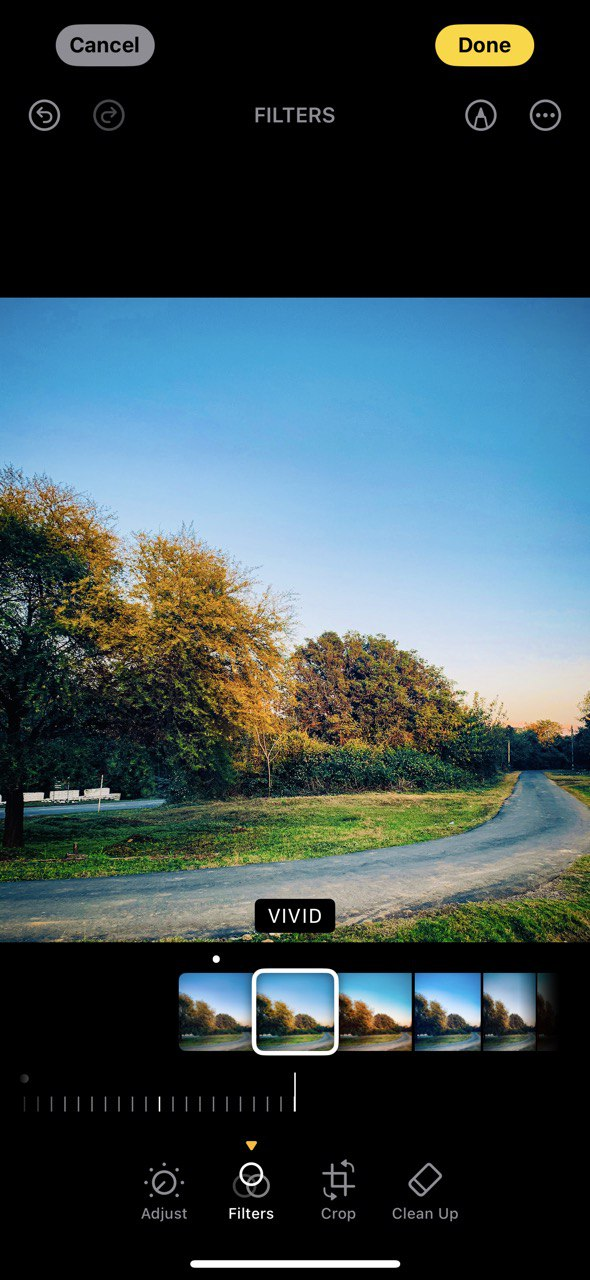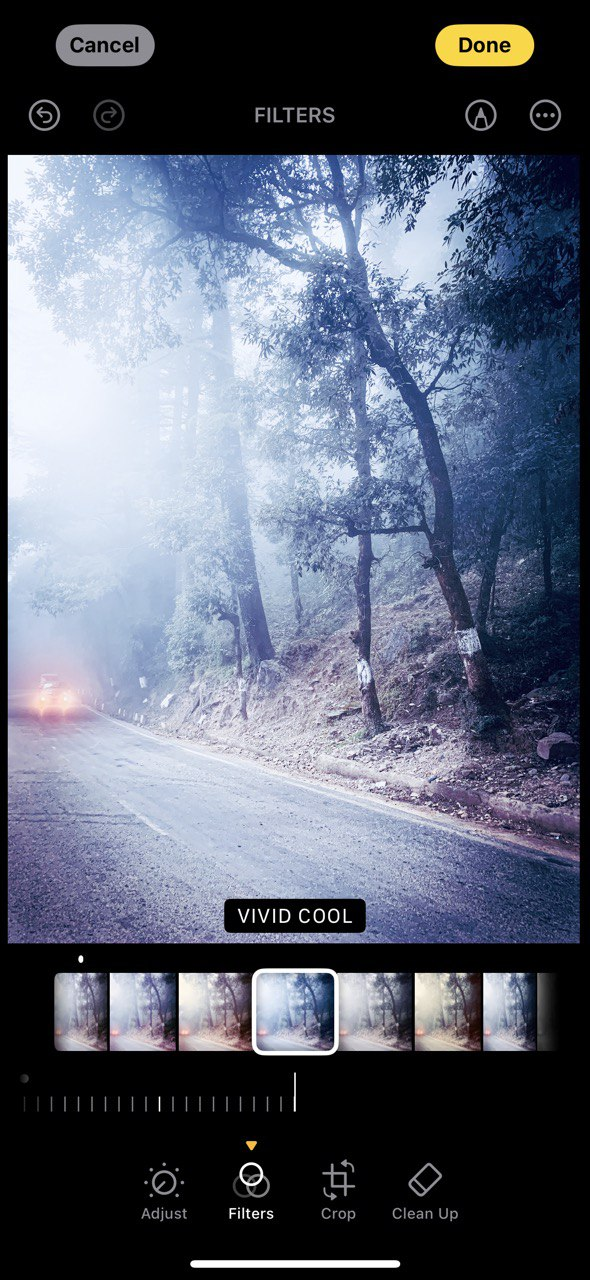Ever looked back at an old, over-filtered photo and cringed? Yeah, same. Filters can kill a good shot faster than bad lighting. Going natural is still the best option and it makes your photos truly timeless.
Why We Fell in Love With Filters
Filters are like instant coffee. It’s easy to make. An amateur won’t bother how it tastes. Filters, too, are a shortcut to enhance a photo. With one tap, you can smooth the skin for perfect portraits or selfies. Did you shoot a photo on a blazing afternoon? Well, there are photo filters to mimic the golden hour.
Industry-leading software like Lightroom have a whole mini-industry of presets and filters. Instagram has an entire collection of filters for every photo. App Stores are packed with recommendations for the next best filter-rich photography app. Social media fuels this obsession (the AI Ghibli craze, anyone?).
I used filters, too. Sometimes, they saved a photo. At other times, they transformed a dull shot into something eye-catching. But over time, something started to feel off.
Why I Stopped Using Filters for Good
At some point, I looked back through my camera roll and realized many of my favorite photos were unfiltered.
They weren’t perfect. But they felt real. No matter how subtle, a photo with a filter felt like it was trying too much.
Don’t get me wrong. Even AI filters have practical uses, and I still occasionally use them. But they do make some images seem over-edited. Skin is too smooth without any spots. Skies become rich with fake hues. Shadows are crushed. Highlights get blown out. The photo feels less like nostalgia and more like a poster.
When photographing family and friends, I want to capture the emotion we felt together. I don’t want to appease the crowd and seek the validation of “Likes” using the aesthetics of filters. Like the black and white photos in our parents’ albums, the raw photo is often more intimate and timeless.
Going for Authenticity Without Filters
You can think of a filter as an extra layer between the real and the unreal. So, an unfiltered photo can evoke more emotions because we can relate better to it.
How often have you faced the disappointment of reality when taken in by its Instagram version? Travel photos frequently tempt us with the effects of the overuse of filters.


The #nofilter movement has grabbed some attention worldwide. It’s riding on the coattails of the body positivity movement. Many photographers are starting to value simplicity and honesty in their work.
Hopefully, the trend will reshape into a habit even as some studies show that unfiltered images are 70% more memorable than their filtered counterparts.
How to Shoot Better Photos Without Relying on Filters
I ditched filters and started developing my sense for a scene instead. Your camera’s other settings can also help you take better photos without filters.
1. Pay Attention to Natural Light
The warm tones of the golden hour can amplify even mundane shots beautifully. Use early mornings or early evenings just before sunset whenever possible. Also, avoid harsh midday sun unless your idea demands it.
Photography is all about light. So, strategic use of light reduces the need for post-processing. Even rainy days can be exploited for photography if you start thinking about it creatively.
2. You Are in Control of Your Camera
A filter takes over your shot. Without filters, you’re in control. Even if a smartphone camera does a lot on auto, you can focus and adjust the exposure.
Tap on the screen to set the focus. Then, drag your finger up or down to manually adjust exposure. This helps prevent overblown highlights and keeps details intact.
3. Use the Grid for Composition
Enable the grid in your camera settings. The Rule of Thirds is a simple way to position the subject of your photos. A clean composition creates a picture that doesn’t need too many edits later.


4. Master the Default Editing Features
Editing is not the same as filtering. Adjusting brightness, contrast, white balance, and sharpness can bring out the best in your photo without changing its soul. The smartphone camera software boosts images digitally but is still a lighter touch than filters.
The iOS Photos app has powerful features to fine-tune your image in seconds. Subtle tweaks can enhance photos instead of using filters to transform them.
5. Be OK With Imperfection
Not every photo needs to be “Instagram-ready.” A photo just needs to make a moment feel alive. The more I shoot, the more I learn to creatively watch out for those in my photography.
Also, removing my filter dependence gives me better cues to improve my photography.
Set photography challenges like “capture a portrait in the harsh noon sun without any filters” or “photograph a landscape in fog without adding any artificial mood.” These can help develop specific skills.
Filters aren’t evil. They can be fun and quirky in the right kind of photo. But they can get in the way of an honest story.
Our phones are already powerful storytelling devices. Chucking the reliance on filters can help train our eyes while saving all the time it takes to choose a filter. As a last test, return to an unfiltered photo after a few days and see if it still speaks to you.










Leave a Comment
Your email address will not be published. Required fields are marked *